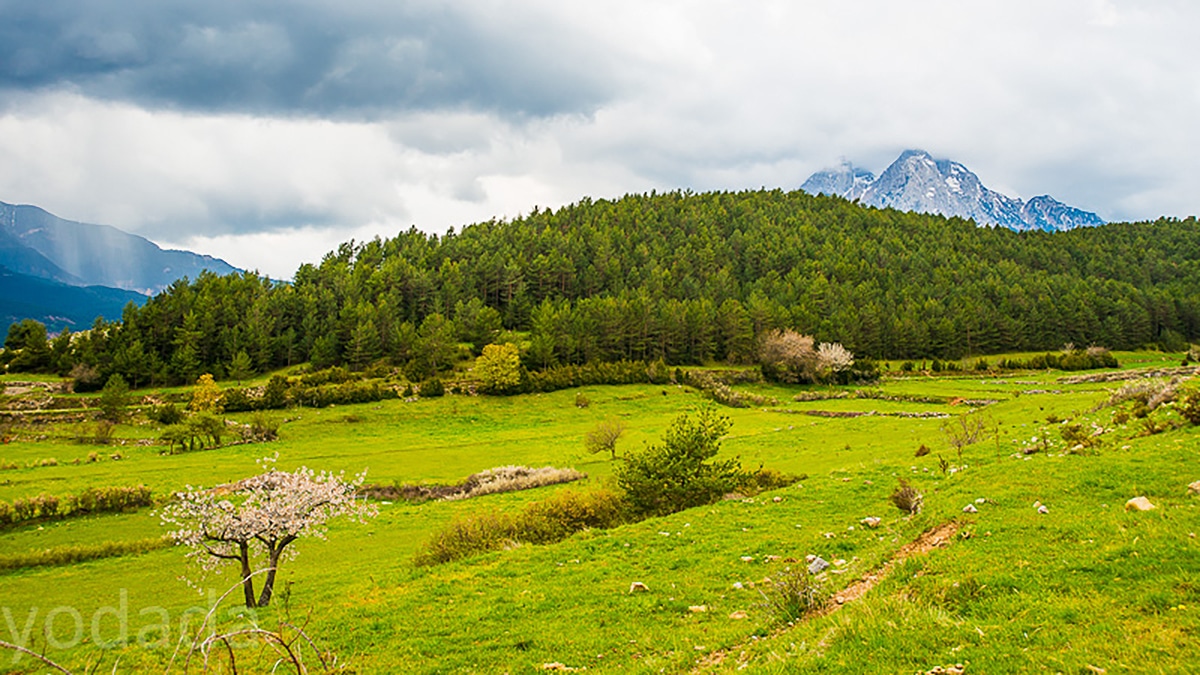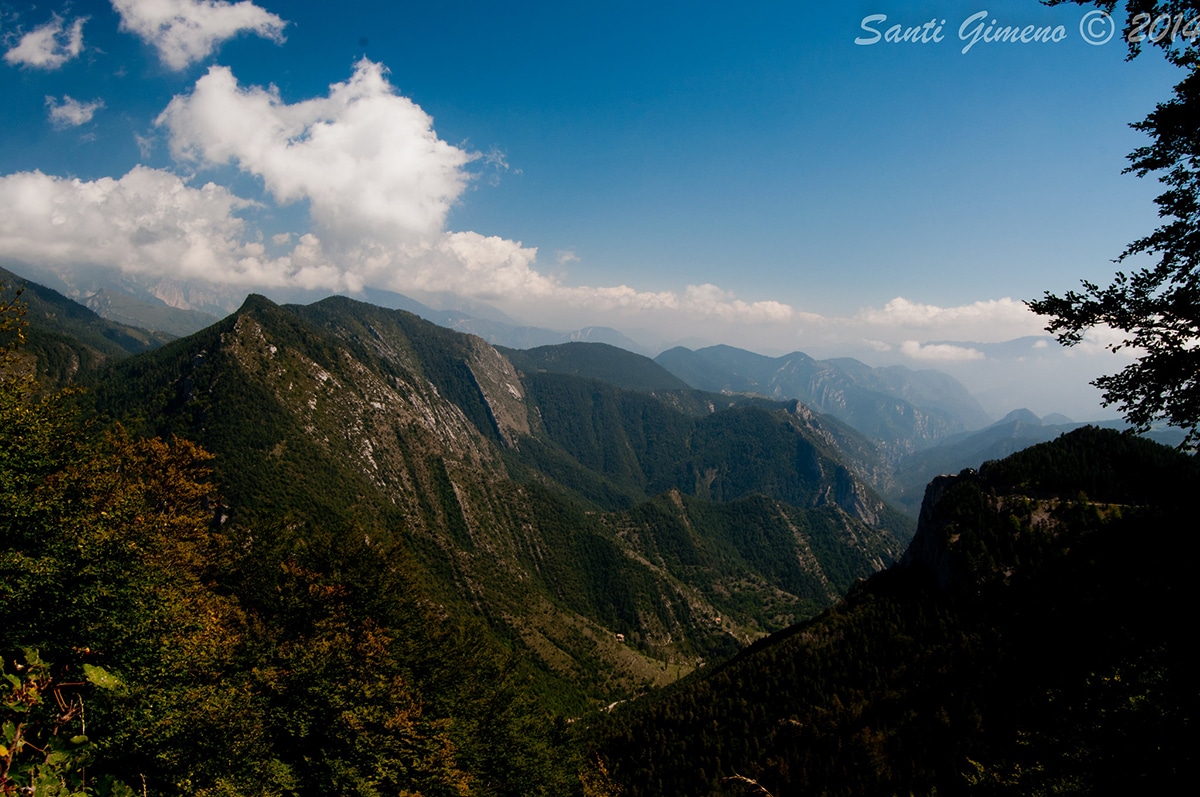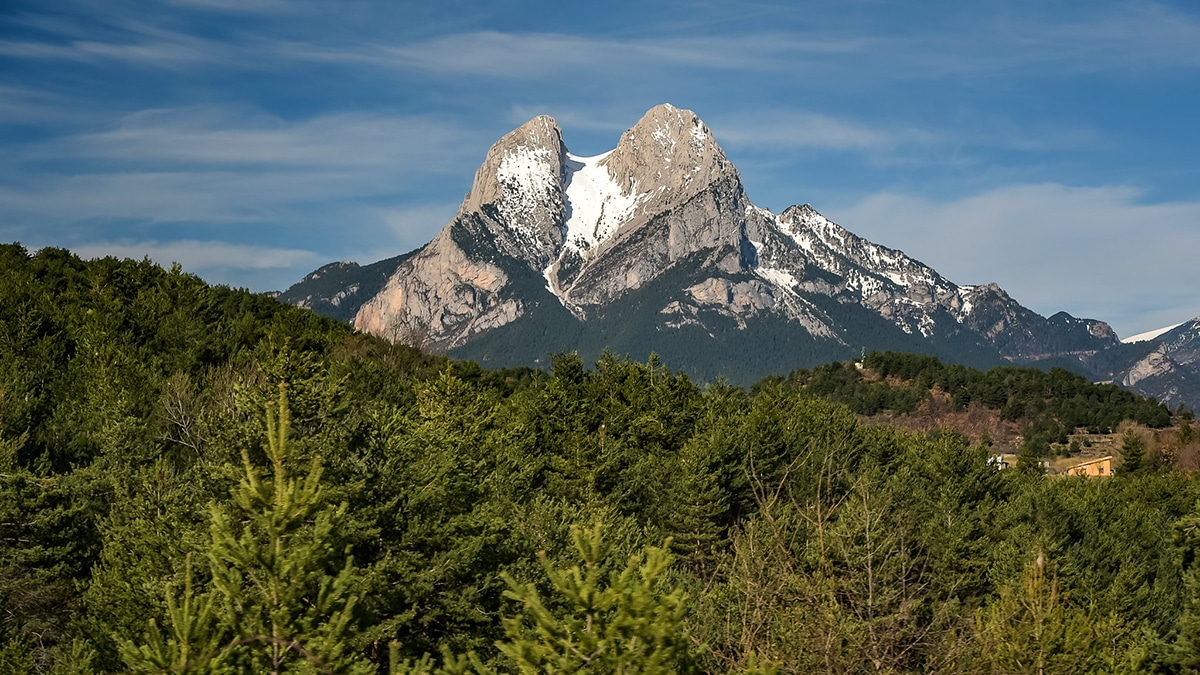
With the arrival of summer, the desire to get out of the house and do different activities is triggered. Between the imminent holidays and the end of the state of alarm that we have experienced during the pandemic, many only think about what their next destinations will be. What rural tourism has become very fashionable lately, we are going to introduce you to the Cadí-Moixeró Natural Park.
It is a tourist destination suitable for everyone who loves nature. This natural park in Catalonia offers various activities and routes in which botany lovers can find a great diversity of plants. With its rich vegetation that has more than 1.400 species and subspecies of plants, the Cadí-Moixeró Natural Park is, without a doubt, a getaway that is well worth doing.
What can be found in the Cadí-Moixeró Natural Park

In the area where the Pre-Pyrenees and the Pyrenees meet, the two great mountain ranges of Moixeró and Cadí form a mountainous barrier. Both Catalan mountains are linked, in turn, by the Col de Tancalaporta. It is there where we can find the Cadí-Moixeró Natural Park. The slopes of this natural park form steep cliffs. It is one of the largest natural areas in Catalonia. In it we can find many signposted itineraries that can be traveled both on foot, on horseback or by bicycle. In addition, there are many leisure facilities, such as the Rebost refuge in Bagá.
Another aspect to highlight of the Cadí Moixeró Natural Park is that there is a very rich vegetation with many endemic plants, such as mountain parsley. Also the fauna is varied and rich. One of the most common animals in this natural park is the black woodpecker, a bird that is also the symbol of the park.
As for the towns in this area, they maintain the traditional architecture and some of them even retain their medieval nuclei. The most notable buildings in the Cadí-Moixeró Natural Park are the Romanesque churches of Talló and Sant Llorenç. The historic paths that cross the mountain range, such as the Gosolans pass or the Coll de Jou path, are beautiful and highly recommended.
Flora
Currently around 1.400 different plant species and subspecies have been discovered in the Cadí-Moixeró Natural Park. This figure represents approximately a third of all the flora that exist in the autonomous community of Catalonia. In this botanical paradise, the most common plants are those of sub-Mediterranean and Eurosiberian distribution. These include, for example, beech, downy oak and red pine. About a hundred plant species are endemic. In addition, there are twenty very rare and thirteen threatened plant species.

Inside the Cadí-Moixeró Natural Park, the ecosystem considered the most important is the coniferous forest. This is formed by pine forests of black pine and fir trees. In addition, it has a boxwood or rhododendron understory, hellebore, forest tea, etc. In the lower areas of this natural park are mainly downy oak, which occupies a very large part of the slopes along with acirón, boxwood, hazelnut, hawthorn and juniper, among many others. On the other hand, in the shady part, the beech is gaining more and more ground, gradually displacing spruce and black pine. Along with these tree species, Scots pine also proliferates. This has come to spread due to the exploitation of wood.
Useful information

Among the latests Moravia's compositions facilities that this park offers us there are the following:
- Picnic areas
- Parking
- Areas with accessibility for people with functional diversity
- hermitages
- Shelters
- Signposted itineraries
- Botanical Garden
- Viewpoints
Despite the fact that the Cadí-Moixeró Natural Park itself is open all year round, the part of the guided visits or leisure activities follows specific hours. Winter hours start on October 1 and end on May 31:
- Monday to Thursday: From 08:00 to 15:00
- Friday: From 08:00 to 15:00 and from 16:00 to 18:30
- Saturday: From 09:00 to 13:00 and from 16:00 to 18:30
- Sunday and holidays: From 09:00 to 13:00
Instead, daylight saving time begins on June 1 ends on September 30 with the following schedules:
- Monday to Friday: From 09.00:13 a.m. to 00:16 p.m. and from 00:19 p.m. to 00:XNUMX p.m.
- Saturday: From 09.00:13 a.m. to 00:16 p.m. and from 00:18 p.m. to 30:XNUMX p.m.
- Sunday and holidays: From 09:00 to 13:00
Regarding the municipalities that we can find in this natural park, are the following:
- Alas i Cerc
- Incubus
- baga
- Bellver de Cerdanya
- Castellar de n'Hug
- Cava
- The
- Gisclareny
- Gósol
- Guardiola of Berguedà
- Josa and Tuixent
- La Vansa i Fornols
- Montella i Martinet
- River of Cerdanya
- Saldes
- Urus
- Vallcebre
Characteristics of the Cadí-Moixeró Natural Park

The Cadí-Moixeró Natural Park was declared in 1983 by the Generalitat de Catalunya and has a total of 41.060 hectares belonging to three different regions: La Cerdanya, l'Alt Urgell and Berguedà. In addition, this natural park is made up of the Cadí and Moixeró mountains, the Pedraforca massif and a part of the Tosa and Puigllançada mountains.
However, it is thanks to the climate that there is such a diversity of both flora and fauna in this natural park, since it has a mix between a mountain climate and a continental Mediterranean climate. As for rainfall, it ranges between 1.500 millimeters per year in the mountainous areas of the eastern part and 700 millimeters in the lower areas belonging to the west. As they are mountains, snowfall can occur for approximately six months, at least in the highest areas. Those months are usually from November to May.
Regarding the average annual temperature, this is between 11ºC in the lowest areas belonging to Alto Urgel and 0ºC in the highest areas. While winters there are very cold, being able to arrive until -20ºC or less, the summers are cool.
In the event that you decide to make a getaway or longer holidays in the Cadí-Moixeró Natural Park, do not forget to leave us a comment with your experiences and impressions.